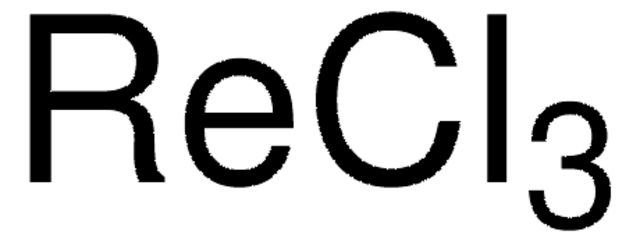In the complex for product number 331406, the PCH2CH3 group is bound to platinum through a coordination bond. This bond is formed by the two electrons of the lone pair on phosphorus coordinating to the metal center. While it is a type of chemical bond, the term "coordination bond" is the most accurate description.
Regarding stability with the addition of NaSCN in a water system, the SCN- ion, being negatively charged, would more likely replace negatively charged ligands, such as chlorides, to maintain the compound's neutrality, rather than the neutral phosphine ligand. However, without specific familiarity with SCN ions' reactivity, it cannot be definitively stated whether SCN- would preferentially bind to platinum over chloride.
About This Item
推荐产品
方案
98%
表单
powder
反应适用性
core: platinum
reagent type: catalyst
mp
193-194 °C (lit.)
SMILES字符串
Cl[Pt]Cl.CCP(CC)CC.CCP(CC)CC
InChI
1S/2C6H15P.2ClH.Pt/c2*1-4-7(5-2)6-3;;;/h2*4-6H2,1-3H3;2*1H;/q;;;;+2/p-2
InChI key
WPWLTKRUFHHDLP-UHFFFAOYSA-L
警示用语:
Warning
危险声明
危险分类
Eye Irrit. 2 - Skin Irrit. 2 - STOT SE 3
靶器官
Respiratory system
储存分类代码
11 - Combustible Solids
WGK
WGK 3
个人防护装备
dust mask type N95 (US), Eyeshields, Gloves
-
For product number 331406, is the PCH2CH3 group linked to Pt via a chemical bond or a coordination bond? Additionally, concerns about its stability arise with the addition of NaSCN to a water system. Is there a risk of SCN- displacing the PCH2CH3 group?
1 answer-
Helpful?
-
Active Filters
我们的科学家团队拥有各种研究领域经验,包括生命科学、材料科学、化学合成、色谱、分析及许多其他领域.
联系技术服务部门








